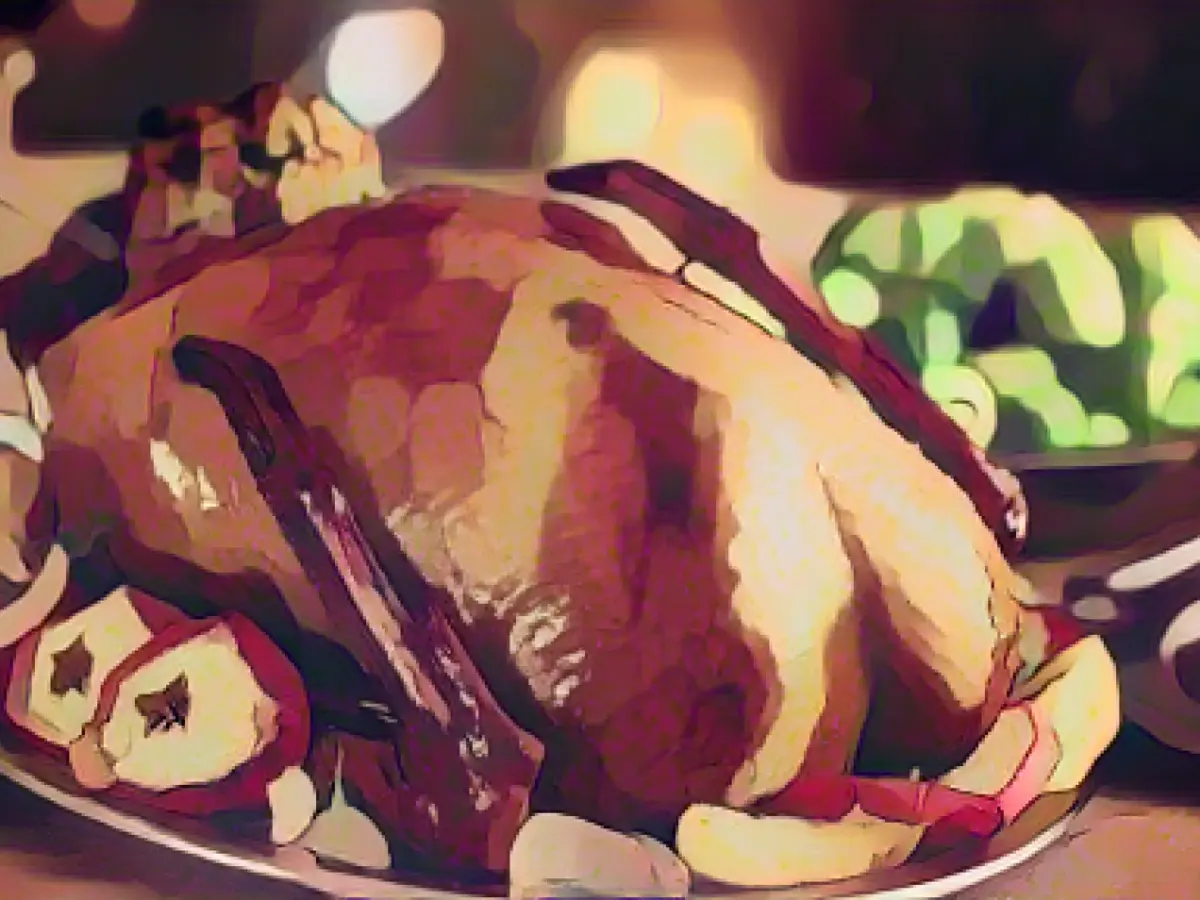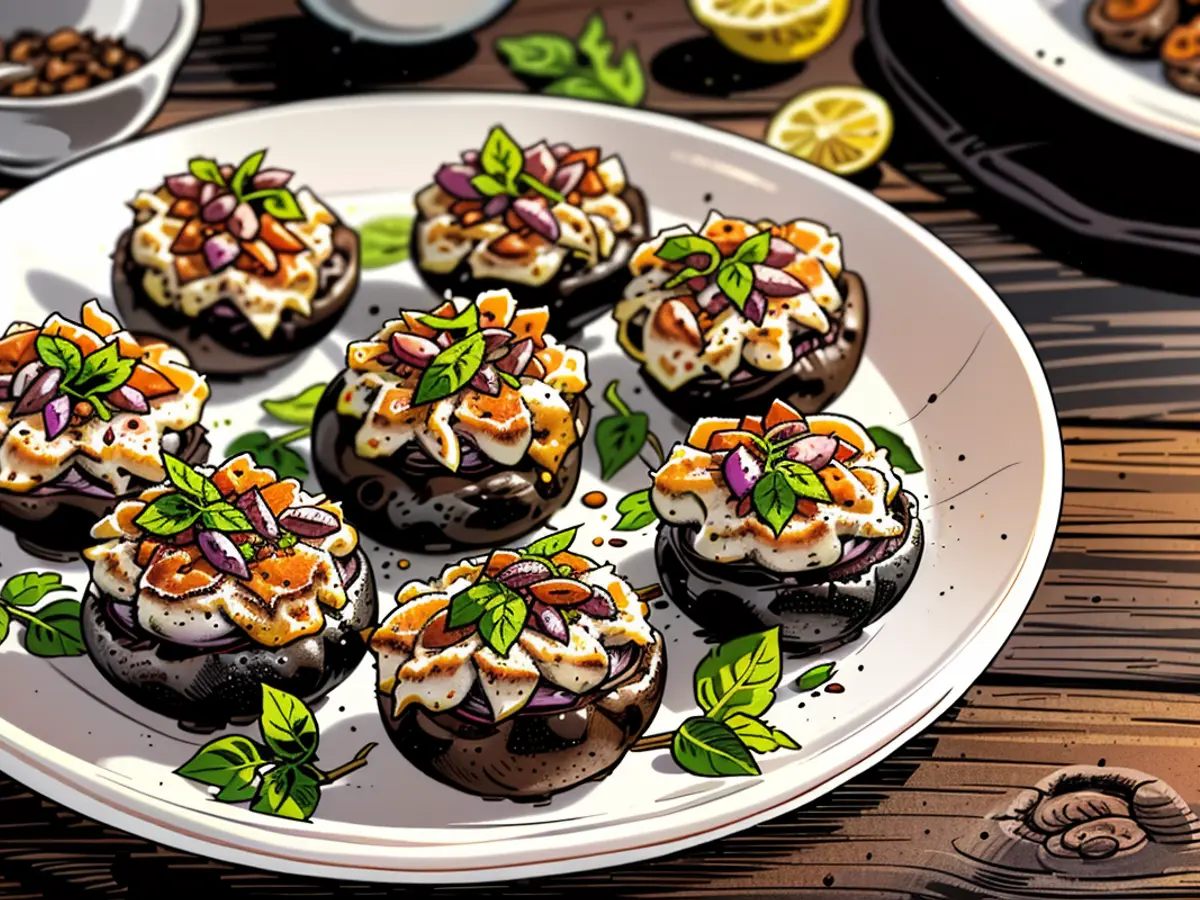Recipe - Why you should cook your goose overnight and how to do it successfully
"Let's cook the goose overnight this year", I suggested to my mother a few years ago. She looked at me skeptically - that's supposed to work? And how! So at midnight on Christmas Eve, we massaged the goose generously with salt, heated the oven to 220 degrees Celsius and watched it cook for an hour. Then we reduced the temperature to 80 degrees, programmed the oven for seven hours and went to sleep. The night was restless. We worried about whether there would be any food on the table on Christmas Day, whether our family wouldn't be sitting hungry in front of their empty plates.
When we woke up in the morning, the first thing we looked at was the goose. The oven had switched off automatically and the goose was not burnt. It was a load off our minds and we gratefully accepted the dark circles under our eyes. Shortly before lunch, about half an hour beforehand, we warmed the goose up again in the oven at 180 degrees. Then the moment of truth arrived. Was the goose cooked? The first cut into the meat let the gravy run free. "That's blood," said my father. "No," I replied. "That's perfection."
How low-temperature cooking works
Thanks to the gentle preparation method, which is technically known as low-temperature cooking, the meat does not dry out. It remains juicy, very juicy in fact. And the meat shimmers pink. But what exactly happens with this method?
During normal roasting at oven temperatures of 150 °C and higher, there is a large temperature difference from the outside to the inside. When the desired core temperature is reached, it is already exceeded on the outside and the meat turns gray. This means that the proteins have completely coagulated. And the liquid in the meat is lost. The low-temperature method avoids this temperature gradient, which means that the liquid remains bound in the tissue and the meat remains juicy.
Instructions for low-temperature cooking
Get a goose, preferably from a species-appropriate farm, that weighs around four kilos. This is enough for about 4-6 eaters. Wash and clean the goose and salt it generously inside and out.
Heat the oven to 220°C. You will immediately need the rack to place the goose on and the tray underneath to catch any dripping fat. Put two glasses of water in the tray.
After an hour, reduce the temperature to 80°C and continue cooking the goose for at least seven to eight hours. This will keep the goose tender and juicy. We put the goose on before going to bed, our oven switches off automatically. Otherwise, set an alarm clock!
Half an hour before eating, set the oven to 180°C again and warm the goose. Then carve and arrange the legs, breast meat and wings.
Read also:
- Chocolate Strawberries: Berry Blizzard
- thanksgiving monte cristo
- Chicken Wings: Breathalyzer
- fajitas: basic bird
Despite our concerns on Saint's Eve, the overnight cooked goose turned out to be a success on Christmas Day. Following our mother's recipe, we savored the juicy and perfectly cooked goose, making it a family tradition.
In fact, this technique, often referred to as a recipe for low-temperature cooking, is not just for Christmas Day, but can be used for any recipe involving a large piece of meat, ensuring it remains tender and juicy.
Source: www.stern.de








